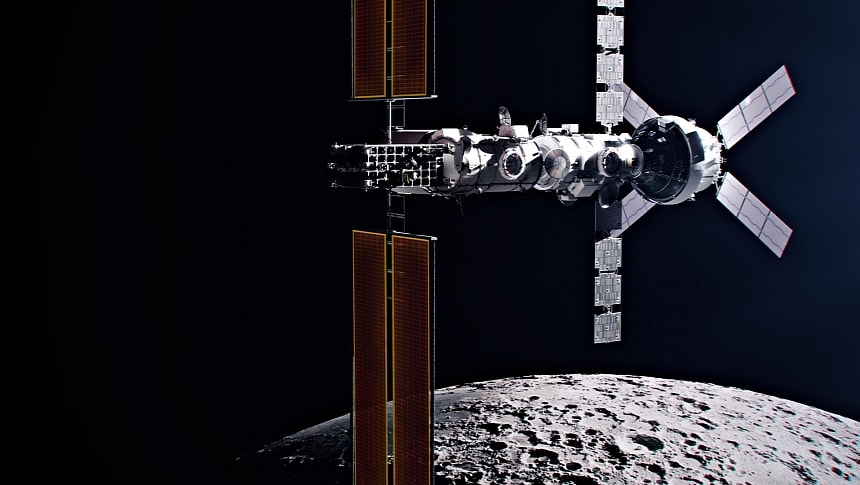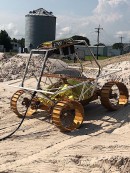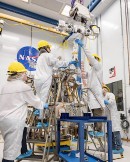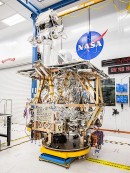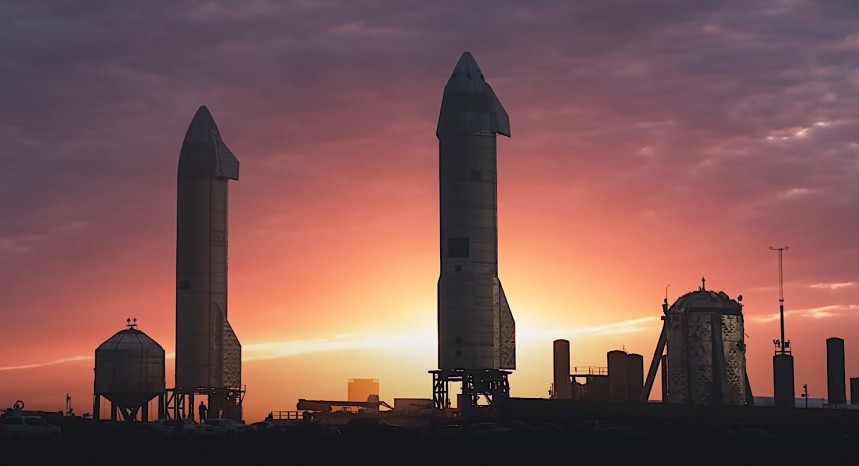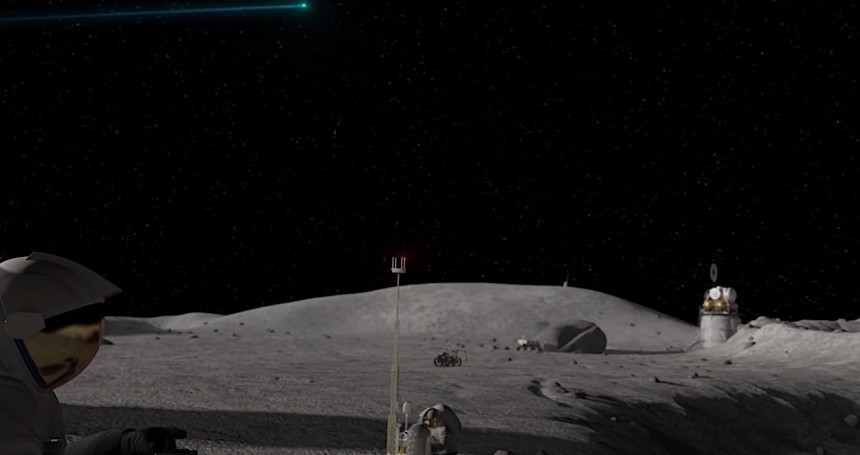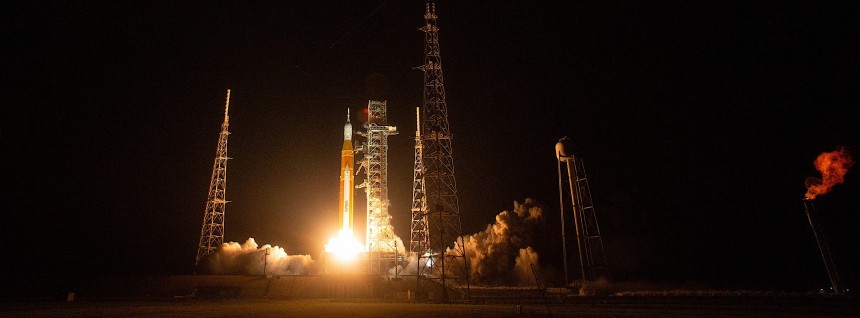The race for space isn’t as simple as ‘get there ahead of the other guy’ anymore, and technological advancements have made life so much more complicated for all cosmos-ambitious nations. We saw it coming; it was a matter of time – and now the White House stepped in to instill some sense of order in the chaos of the Universe. The plan is to establish a time standard for the Moon (and other cosmic objects).
The White House ordered the National Aeronautics and Space Administration to cook up a ‘unified standard of time for the moon and other celestial bodies,’ according to Reuters. With our planet’s only natural satellite getting ready for a ‘second coming’ of visitors from Earth, the United States felt it was time to extend the regulation of chronometry to outer worlds.
The White House Office of Science and Technology Policy (OSTP) directed NASA to elaborate a plan (deadline - the end of 2026) for the ‘Lunar Time Coordinated’ (LTC). Since the business of going into outer space isn’t a two-party Cold War arms race anymore, the need for a unified time-telling system is becoming a reality.
Time is not linear and doesn’t behave the same on Earth as on other celestial bodies. A perfect sync between Earth-based centers and space outposts and craft is paramount. This is where LTC should prove its worth: grant a time-keeping yardstick for space vehicles requiring extreme precision to work together successfully.
Kevin Coggins, NASA's space communications and navigation chief, explained it more prosaic: ‘The same clock we have on Earth would move at a different rate on the Moon'. OSTP’s chief, Arati Prabhakar, went into detail in his memo to NASA, elaborating that for an observer on the Moon, an Earth-based clock appears to be 58.7 microseconds slower than its lunar equivalent during a 24-hour interval (that’s Earth hours).
The value is a calculated average that won’t make sense in any human-perceivable context. Still, the 58.7 millionths of a second are well within the range of atomic clocks, which regulate time on Earth. The rationale behind this effort to create a standard time for the cosmos is to perfectly align data transfers between spacecraft and various bases on Earth or other future Moon outposts.
Like how our daily lives are set to flow under the rigorous watch of atomic clocks (pun intended), out-of-this-world operations will require the same timepieces to coordinate whatever activities are unfolding. This is where it gets interesting: the White House official mentioned a ‘commercial activities’ expansion to the Moon and ensured reliable transactions and logistics management of lunar commerce. It may sound like a fantasy now, but so was space exploring itself a few decades ago.
NASA has scheduled another manned expedition to the Moon for September 2026, and a fly-by of the same target is programmed for September of next year (that’s 2025, to be down-to-Earth accurate). This time around, however, the USA isn’t the only nation braving the boundaries of space, so it’s a literal race against time - twice.
China and India proclaimed similar ambitions: their astronauts should be on the Moon before 2030 and 2040, respectively. Japan is also a strong contender after landing a spacecraft on the Moon this past January (India did it last year).
The Moon is only the beginning – remember that Elon Musk is aiming higher than anyone else and plans to get to Mars (maybe not in person, but send someone on his company’s behalf). Establishing forward posts on the Moon would make space exploration a little less complicated for all and facilitate the exploitation of the lunar mineral resources.
While the road to the infinity of space (and beyond) is paved with nothing but the USA’s good intentions of ‘defining a suitable standard that achieves the accuracy and resilience required for operating in the challenging lunar environment,’ there are drawbacks. It’s not as easy as ‘let’s sync our clocks’ because setting a coordinated lunar time requires a consensus of all the parties involved.
So far, 36 nations have put their seal of approval on the Artemis Accords – a treaty that sets the rules on how countries act in space and on the Moon. China and Russia have yet to sign the pact, which concerns the USA since the two countries are also America’s main challengers in space affairs.
NASA, together with third-party partners, is currently underway developing the basic systems required for long-term lunar explorations under the Artemis program. After Artemis III will put people near the Moon’s South Pole, astronauts from the Artemis IV mission will be based not on Earth, but on Gateway, mankind's first lunar-orbiting space station. This facility will open scientifical opportunities and aid in preparation for manned missions to Mars.
Artemis IV will consist of multiple launches and spacecraft dockings in lunar orbit, debuting NASA’s larger and more powerful Space Launch System (SLS) rocket and mobile launcher. Gateway will include docking ports for various visiting spacecraft, accomodation and work spaces for crew, and instruments for science investigations of outer-space living.
The White House Office of Science and Technology Policy (OSTP) directed NASA to elaborate a plan (deadline - the end of 2026) for the ‘Lunar Time Coordinated’ (LTC). Since the business of going into outer space isn’t a two-party Cold War arms race anymore, the need for a unified time-telling system is becoming a reality.
Time is not linear and doesn’t behave the same on Earth as on other celestial bodies. A perfect sync between Earth-based centers and space outposts and craft is paramount. This is where LTC should prove its worth: grant a time-keeping yardstick for space vehicles requiring extreme precision to work together successfully.
The value is a calculated average that won’t make sense in any human-perceivable context. Still, the 58.7 millionths of a second are well within the range of atomic clocks, which regulate time on Earth. The rationale behind this effort to create a standard time for the cosmos is to perfectly align data transfers between spacecraft and various bases on Earth or other future Moon outposts.
Like how our daily lives are set to flow under the rigorous watch of atomic clocks (pun intended), out-of-this-world operations will require the same timepieces to coordinate whatever activities are unfolding. This is where it gets interesting: the White House official mentioned a ‘commercial activities’ expansion to the Moon and ensured reliable transactions and logistics management of lunar commerce. It may sound like a fantasy now, but so was space exploring itself a few decades ago.
China and India proclaimed similar ambitions: their astronauts should be on the Moon before 2030 and 2040, respectively. Japan is also a strong contender after landing a spacecraft on the Moon this past January (India did it last year).
The Moon is only the beginning – remember that Elon Musk is aiming higher than anyone else and plans to get to Mars (maybe not in person, but send someone on his company’s behalf). Establishing forward posts on the Moon would make space exploration a little less complicated for all and facilitate the exploitation of the lunar mineral resources.
So far, 36 nations have put their seal of approval on the Artemis Accords – a treaty that sets the rules on how countries act in space and on the Moon. China and Russia have yet to sign the pact, which concerns the USA since the two countries are also America’s main challengers in space affairs.
NASA, together with third-party partners, is currently underway developing the basic systems required for long-term lunar explorations under the Artemis program. After Artemis III will put people near the Moon’s South Pole, astronauts from the Artemis IV mission will be based not on Earth, but on Gateway, mankind's first lunar-orbiting space station. This facility will open scientifical opportunities and aid in preparation for manned missions to Mars.
Artemis IV will consist of multiple launches and spacecraft dockings in lunar orbit, debuting NASA’s larger and more powerful Space Launch System (SLS) rocket and mobile launcher. Gateway will include docking ports for various visiting spacecraft, accomodation and work spaces for crew, and instruments for science investigations of outer-space living.
